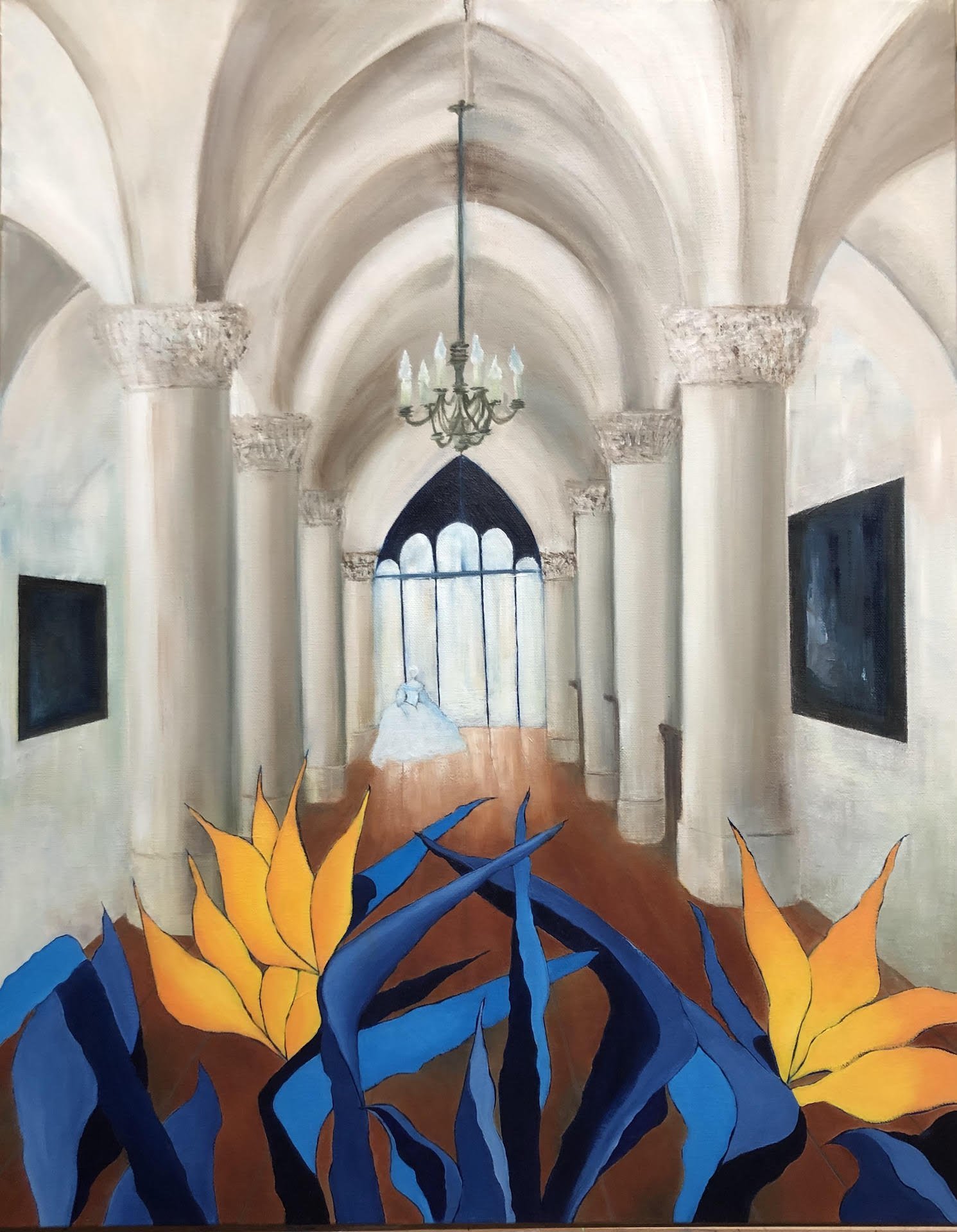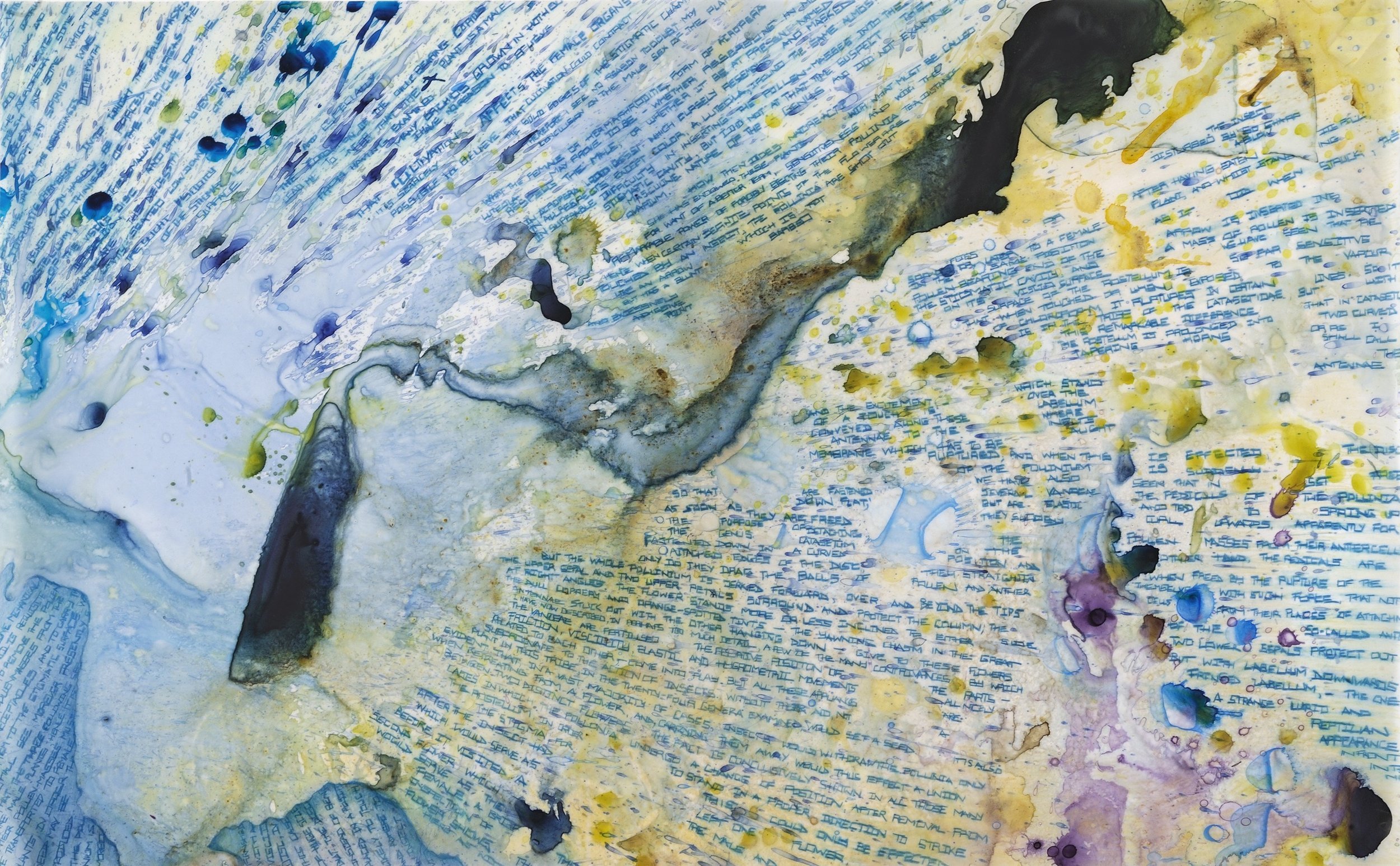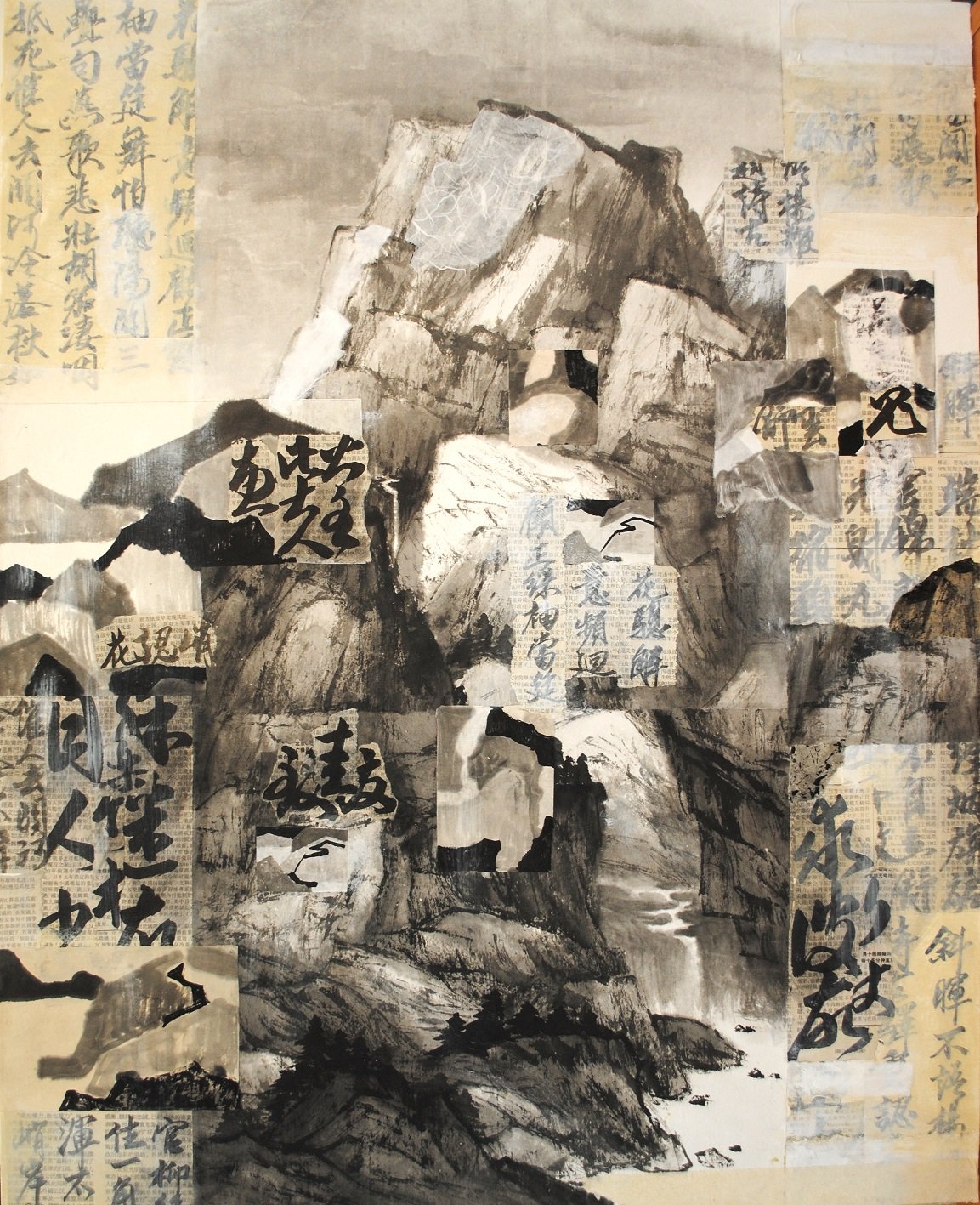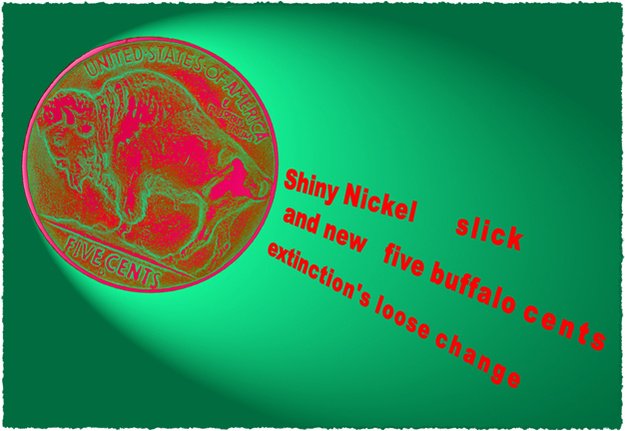Visual art and literature are two sides of the same coin. In fact, they have never been more symbiotic, especially looking at our pool of wonderful member artists here at Studio Gallery.
Painters and artists have always found significant influence from literature, creating artworks that explore themes and philosophical questions from their favorite poem or novel. Likewise, literature is widely inspired by portraits and landscapes, and has been for centuries. There are entire books written about paintings, and vice versa!
Philosophers have written about the relationship between the two. In his critical essay The Problem of Poets and Painters, Wallace Stevens writes:
“Does not the saying of Picasso that a picture is a horde of destructions also say that a poem is a horde of destructions? When Braque says ‘The senses deform, the mind forms,’ he is speaking to poet, painter, musician and sculptor. Just as poets can be affected by the sayings of painters, so can painters be affected by the sayings of poets and so can both be affected by sayings addressed to neither.”
After reading this essay in the book Poets on Painters, I began to see how our member artists’s work also speaks to that strong interconnectedness between the art forms; I want to recognize these efforts and appreciate how these artists are working towards making the two more reciprocal in the current art world.
Iza Thomas
Studio Gallery member Iza Thomas cites literature as one of the base inspirations for why she started painting, and continues to influence her pieces at this point in her career.
She cites the magical realism genre as one of the fundamental reasons she began her creative journey, above all emphasizing the utmost importance of Gabriel Garcia Marquez (a writer who I would also cite as as a fundamental read).
This citation clearly shows up in her work—her paintings are not abstract and they contain all of the artistic strategies that replicate a sense of three-dimensional space, just as magical realist writers try to contain their stories within the grounding framework of a place that exists in real life. However, of course, she adds unreal elements and themes within those environments.
Not only is she inspired generally by writers, but her work is usually accompanied by a poem that her husband, Suresh Thomas, wrote for each piece. These are visible below each painting in her catalogue; from my conversations with Thomas, she said that her husband usually writes the poem after she completes the piece; the two are certainly in conversation. For instance, see the piece Teofila below, an oil painting she created in 2021, accompanied by the following poem:
Teofila by Iza Thomas, oil on canvas, 2021
“The ghosts of flowers
haunt me.
The ghost of the Lady in White
comforts me.”
The poems are concise, but they add a complimentary exploration of the same emotions and themes that are present in her paintings; there is barely any division at all between his poetic word and her paint. Clearly, Thomas’s work is incredibly multidisciplinary, and her commitment to exploring meaning both in text and visual art is on display through her entire oeuvre of work.
Elizabeth Curren
While Elizabeth Curren doesn’t cite any specific literature that her pieces are directly inspired by, her choices of materials and forms show an engagement with the physicality of literature. By primarily using the form of a book as her artistic framework, she easily blurs the boundaries between reading and viewing her pieces—can you perhaps read a work of visual art at the same time as you admire the pages of a book?
Her pieces seem to return the viewer to a time when books were more visual, a time of play; the format includes impressions both of expanding the possibility of the framework of the book while also allowing the painted image to inhabit three dimensional space, and to have the typical linear narrative structure of a piece of literature.
Mesa Verde, from Pueblo Cliff Dwellers (book) by Elizabeth Curren, watercolors, colored pencils
In fact, her pieces, particularly the piece above titled Mesa Verde, also remind me of my art history textbooks, the only books I read with large images these days. It makes me wonder - what if these textbooks, containing the same images of these cliff dwellings, dared to be as imaginative as Curren is with this piece?
Going even further with the art history textbooks, pieces like Mesa Verde also share similarities with the forms of a diptych or a triptych, painted images narratively stitched together through proximity and space. Artists have used these spatial arrangement techniques for centuries, to achieve a similar narrative effect as pages of a novel, and so Curren’s pieces also connect with traditions of the combination of the two.
Curren’s catalogue of work goes further than just connecting art and the written word; it is more about structure, form, and how literature can and should be visual.
Micheline Klagsbrun
Micheline Klagsbrun draws from a myriad of sources for all of her different series of paintings; obviously, then, one of those important sources is classic literature.
As the first line of her artist statement, Klagsbrun immediately cites Ovid’s Metamorphoses as the primary center of her creative fascination. Her commitment to exploring this work is a remarkable effort, and it is clear that she has revisited it for many years over her career.
The deep and close reading of a source text over years is something usually saved for English PhD students, so it is refreshing to see an artist work through the philosophical and artistic implications of that text in a visual format.
She takes the study of its words directly onto the canvases, not only exploring her own interpretations and responses to it, but also literally uses the written word itself as a medium within the pieces. In the work below, Phaleonopsis Hieroglyphica, from her Studio Gallery solo show titled Blossoms of Loss and Desire, it is striking to notice that her own writing covers most of the canvas.
PHALEONOPSIS HIEROGLYPHICA by Micheline Klagsbrun, ink and color pencil on vellum
Klagsbrun clearly believes in the interdisplinary nature of artistic mediums in other ways as well, as she has also been involved in film work and her art has accompanied published poetry collections. It is clear that she is devoted to erasing these rigid separations, and it is delightful to see!
Freda Lee-McCann
Freda Lee-McCann’s recent solo show at Studio Gallery in June exemplified her exploration of calligraphy a in her artwork, which is an important medium that bridges visual and written art quite beautifully.
She could definitely be considered an expert on the form of calligraphy; she studied for twenty years with the Master C. C. Wang in New York City, and since then has developed her own style and experimental efforts.
Her solo show, After Tradition, was in fact entirely inspired by a calligraphy poem from the 16th century; she connects some of the show’s pieces to the poetry of Zhu Yunming, a colorful and free-spirited calligrapher and scholar during the Ming dynasty.
A Long Time Ago by Freda Lee-McCann, mixed media
Not only does Lee-McCann connect the visual and literary through her calligraphy practice, the fact that her theoretical starting place for her exhibition traces back to a great poet adds to her clear commitment to showing how poetry and visual art are not separate entities but can be unified as one piece of art.
Langley Spurlock
Artist member Langley Spurlock regularly includes text in his various series; it seems to be a vital part of his work.
In fact, Spurlock worked on a fascinating collaboration with poet John Martin Tarrat to produce several series of pieces. Both men had career transitions to become the artists they are today, and they decided to combine what they learned from their previous jobs, as well as combining visual art with poetry (haikus, specifically). The resulting pieces are a feast for the eyes, irreverent and humorous—with plays on both words and images.
Nickel 28 by Langley Spurlock and John Martin Tarrat, archival pigment print mounted on wood
Without the addition of Tarrat’s poetry, the project would certainly still be an interesting examination of science and visual art, but the poetry adds a third dimension of intrigue for the viewer. In fact, the original series was so successful with audiences that they have collaborated to make four more shows with their combined efforts, with one final show completing it in 2019, after 15 years of work.
As an artist who isn’t afraid to explore any medium (something immediately clear just by looking at his oeuvre), the exploration of the written word is a natural addition, and remarkable as one of his longest projects thus far.
Many of the Studio Gallery artists mentioned in this article have featured work in our current summer all members show, See You Soon. There are certainly some literary inspired pieces in the exhibition, which can be viewed online here. If you are able to come in person, it will be up until August 12th, 2023.
Written by staff contributor Abigail Sullivan.







